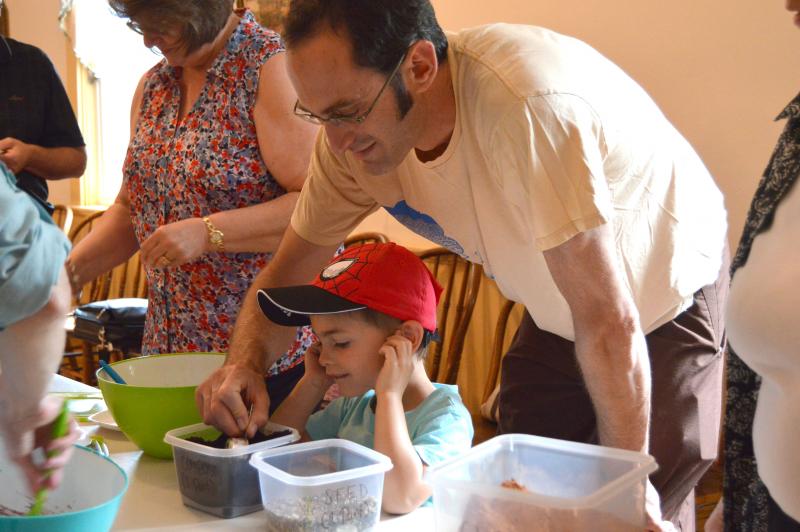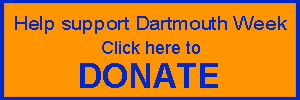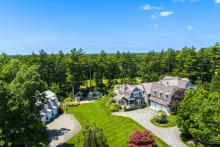Gardening experts encourage growing with pollinators



Growing beautiful vegetables requires more than water and sunlight — the process requires help from birds, bats and bees.
That was the message from several green thumbs Saturday morning, as experts, novices, and those in between gathered at the Dartmouth Grange Hall for a free seminar on the benefits of attracting the pollinators that move pollen from flower to flower to complete the process of fertilization.
The program was part of a collaboration between the Dartmouth Grange, the Massachusetts State Grange, Massachusetts Agriculture in the Classroom and the University of Massachusetts. The two-hour workshop featured two guest speakers, a hands-on activity and raffle prizes — all of which revolved around the theme of pollinators and the flowers that attract them.
“This particular series is to try to bring awareness to the importance of pollinator insects and the plight of the honeybee and the impact it will have on our food supply if we do not have honeybees,” said Stephen Herbert, a professor at UMass Amherst and one of the guest lecturers.
The idea is if gardeners can plant a patch of flowers or shrubs that will attract local bees, it will provide a better habitat for pollinators and lead to better crops. This could be a 3-by-3-foot flower patch or a vegetable garden that’s lined with flowers around the perimeter.
Gardeners should also aim to have flowers planted throughout the season to continuously attract bees. Goldenrod, echinacea, milkweed, marigold, cosmos, catnip and mint are just some of the plants that will lure bees to a home garden. Additionally, pesticides should be used sparingly, if at all.
“The biggest problem I see is habitat destruction. There’s not enough food for [bees] to eat. If you look at some neighborhoods, they have beautiful, manicured lawns. But that’s a food desert. There’s nothing for bees to eat,” said Kenneth Oles, a master gardener from Massachusetts Agriculture in the Classroom.
Oles led the program by presenting the audience with a crash course in plant reproduction.
“The pollen grains, somehow, have to get from the male stamens to the pistol, the female part of the flower,” Oles said, explaining that the pollen transfers via wind, human activity and insects.
He said that while other animals like bats, hummingbirds and mice contribute to pollination, bees “are among our best pollinators,” and that’s because bees are designed to collect pollen grains. The insects use nectar and pollen from flowers as a source of carbohydrates and protein, respectively.
During Herbert’s speech on the importance of bees, he invoked Albert Einstein.
“Einstein said that if we lost our bees, we would only last another four years on the planet,” said Herbert.
Herbert said it’s estimated that one out of every three bites of food Americans eat is dependent on pollinators. This includes fruit, vegetables, chocolate and dairy products.
“You used to see bees buzzing in the forest. You don’t see that much today because bees have been declining. Farmers have problems having bees brought to their farm because they’re not available,” said Herbert. "In 1947, the number of bee colonies worldwide was nearing 6 million. Today, that number is less than 2 million."
While the exact cause of this massive decline in population is debated — some say it has to do with disease, lack of nutrients or the increased popularity of pesticides — the scarcity of bees has encouraged farmers to start thinking about how they can attract native pollinators to encourage growth.
“You can plant different crops, I used to call them bee forages. We make forage crops for animals. We need forage crops for bees,” said Herbert.















